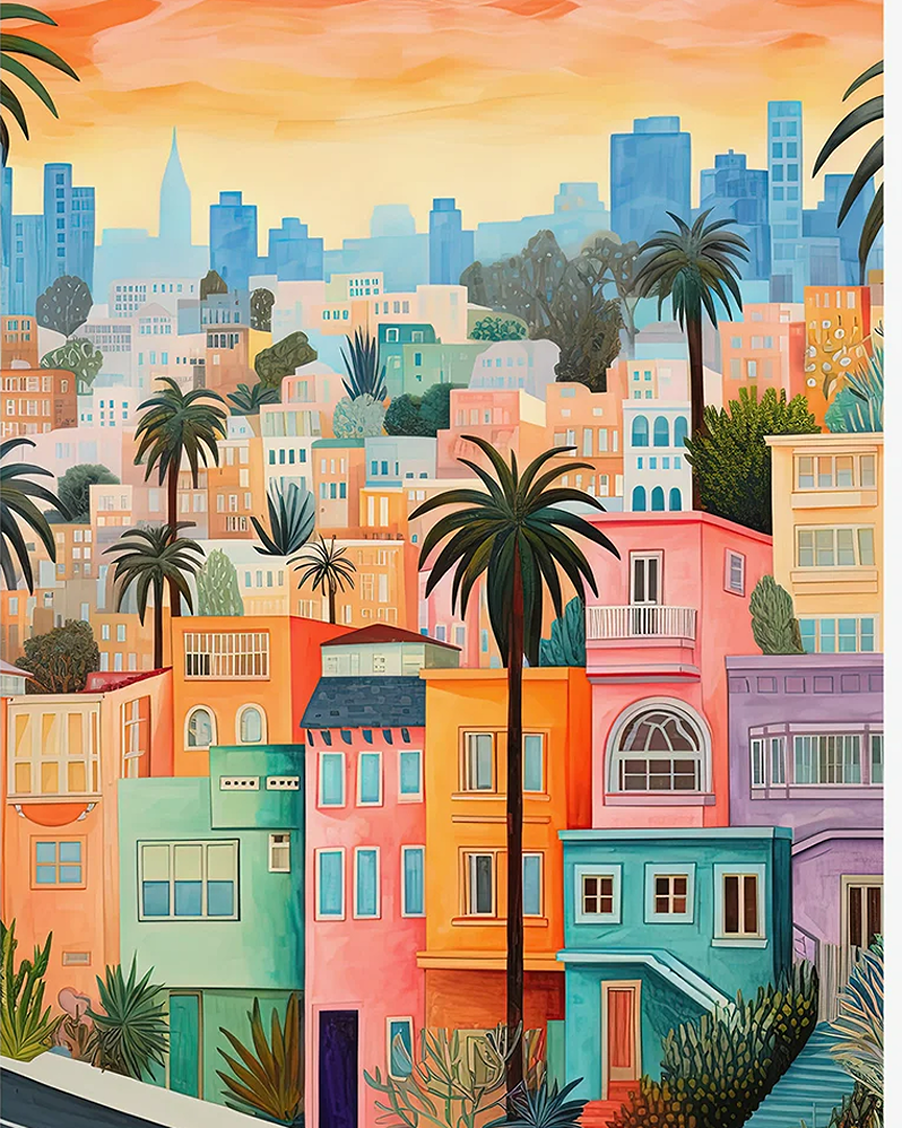
Someone once said that the bicycle was the best ever invention, and they weren’t wrong. It’s one investment (a good bike should cost a few hundred pounds) and then it’s free to use, safe if you avoid bad traffic and get training, only needs a few accessories and good for your health. It’s no coincidence that two of the happiest nations on earth (Denmark and The Netherlands) travel everywhere by bike – it helps that both are flat! For hills, you could use an electric bike.
Go to a bike shop and buy a decent bike and the person can put it together, test the brakes and teach you the safety info you need. You’ll also need a good lock, bell and bike insurance/breakdown cover. Read Back On Your Bike, a super book with info on how to be a cyclist again, even if the last time you cycled was a child. This real-world guide includes tips on safe riding, fixes and maintenance and ideal for the nervous new returning cyclist.
good bikes & accessories
Priority Bicycles (US) offers quality affordable bicycles for adults and children, which feature rust/greast-free carbon drive belts (no chains), internally-geared hubs , puncture-resistant tires and (mostly vegan) comfortable saddles.
Rydon (The Netherlands) makes solar-powered bike lights, to help keep you safe in misty or dark weather. Enclosed in thick metal (most bike lights are encased in plastic), it boasts over 300 Lumen in BOOST mode (as a comparison, the flashlight on an Iphone X is 50 lumen).
Babboe Cargo Bikes (The Netherlands) is the market leader for safe affordable bikes to carry children, dogs and shopping. With electric pedal resistance, if you don’t live somewhere as flat as Holland! Bikeworks offers unique bikes for children with special needs.
where to donate unwanted bicycles

Bicycles are brilliant, but if you no longer use yours, don’t see it languish in a garage or shed, it could be helping others to get around! Obviously make sure it’s safe, but some places accept bike parts of workshops (if the brakes don’t work, the mudguards may still be used!)
Bristol Bike Project takes not just bikes, but bike parts, and uses them to teach people how to build their own bikes at local workshops. The workshop also has free workspace so people can come along and do bike maintenance themselves, so bike parts are always welcome.
The Bike Project gives refurbished donated bikes to refugees, to help them to find transport and find or get to work. Just enter your nearest drop-off point to find where to donate.
ReCycle is one of the occasions when it’s good to send unwanted items to Africa (they don’t want our electronic polluting trash). But bicycles are good, because they provide free non-polluting transport to help people to get to work or school. Find a local drop-off if you have a bike in the garage doing nothing.
a Dutch blueprint for cycling cities

Building the Cycling City is a super book by an American couple who have lived for years in The Netherlands, studying what makes this the most cycling-friendly country in the world. They then returned to North America and used their knowledge to implement their findings in towns and cities, and now have basically put all their extensive knowledge into a book. This is the birthday book for your town planner!
This book shows how The Netherlands realised that biking systems are more affordable, healthy and healthy for the planet, and so has built a cycling culture where nearly everyone rides a bike. Compared to car-clogged nations elsewhere, where bikes are often seen as an afterthought. Detailing experiences in five Dutch cities and interviewing experts, learn how we can do what the Dutch have done.
Chris and Melissa Bruntlett are founders of a communication firm about simpler forms of mobility, which they share through words, photography and film. They live in Vancouver, Canada.
what to learn from Chicago’s public transit
The ‘windy city’ of Chicago in the US is the nation’s second-largest public transit system. This busy city runs its public transport system like a dream. Although we have also a good underground system (like their Pedway) they are more cycling-friendly and have lots of ideas we could use. Their streets are organised on a grid system, meaning it’s one of the most walkable cities on earth. If you’re not walking, you’re likely cycling or taking one of the many water taxis that link the numerous beaches.
But mostly, Chicago is all about the cycling, with over 200 miles of protected and buffered bike lanes and neighbourhood bike routes through the city. All public transit and buses have racks to accommodate two bikes each and folding bikes are allowed on certain routes. Most rail stations have sheltered bike parking and the city council even publishes a bike lane design guide. There is also a huge cycle parking centre in the city centre with indoor parking for bikes, plus space for bike repair, and there are also lockers, showers and a cafe for local cyclists.
Chicago’s bike-share system has almost 600 stations and 6000 bikes across the city. Just pick up a bike from a self-service docking station, then return it to any other destination. It’s easy and affordable to get involved. Just hop on a classic bike, grab an e-bike or scooter and you’re on your way.






